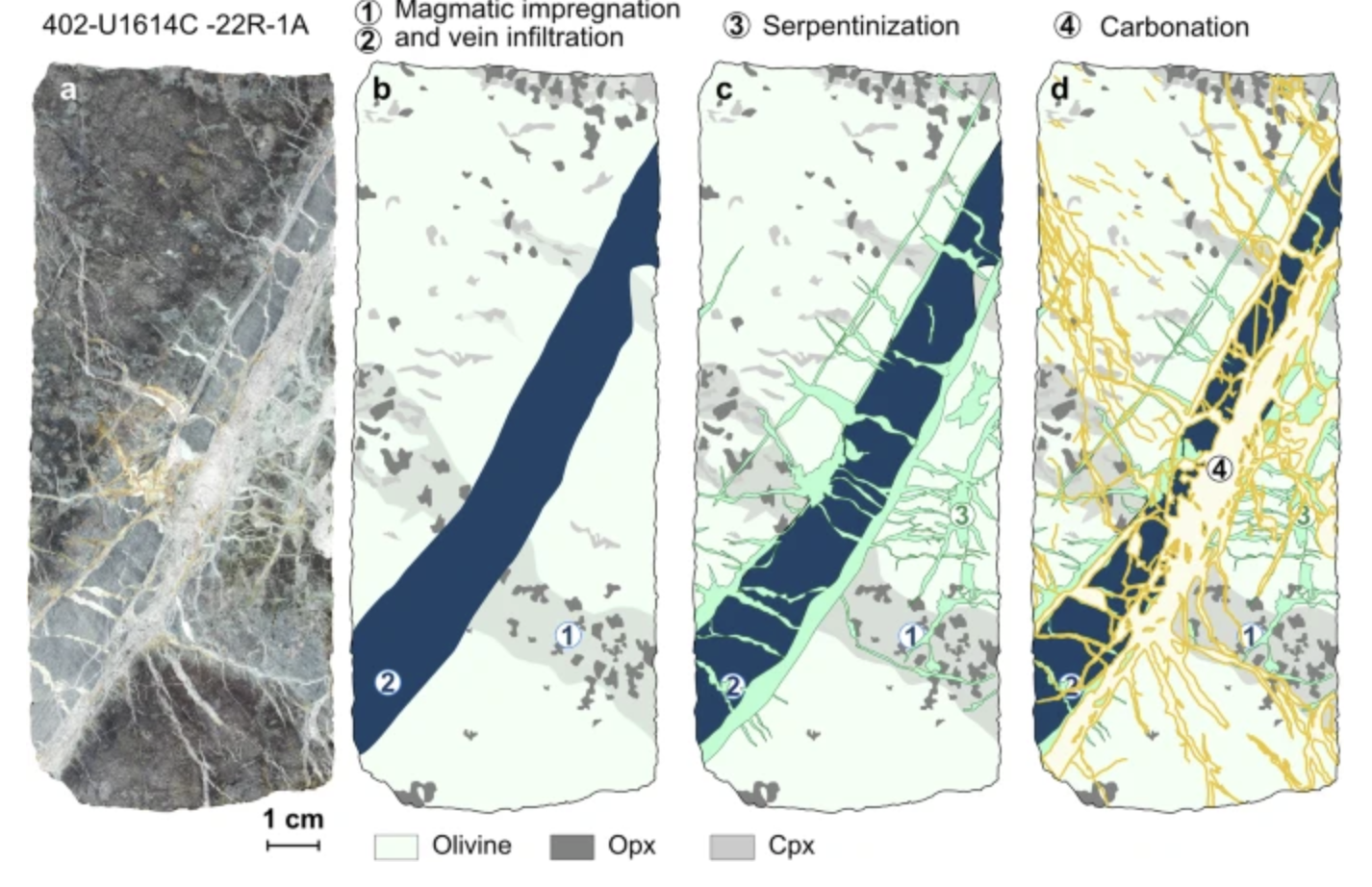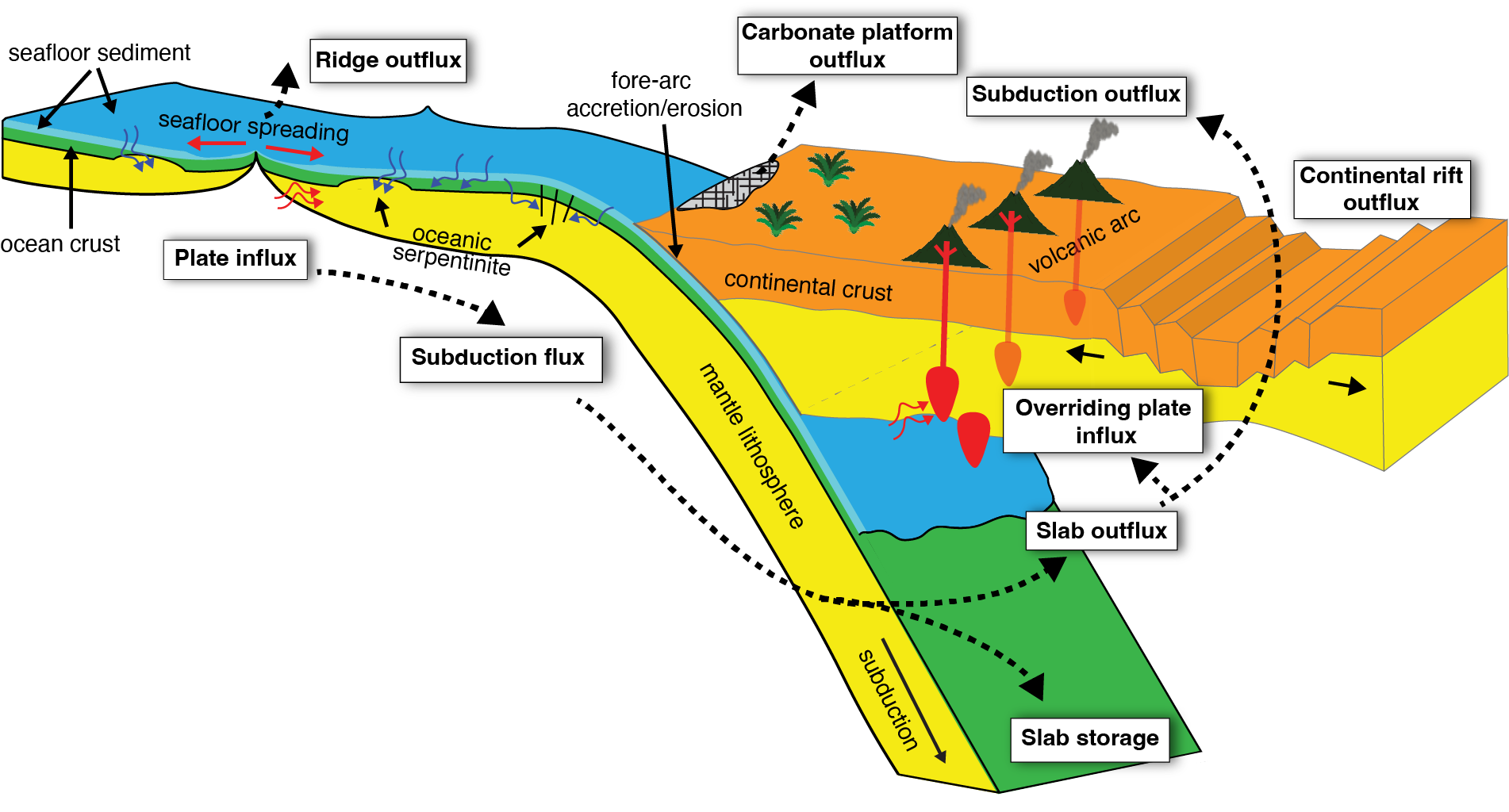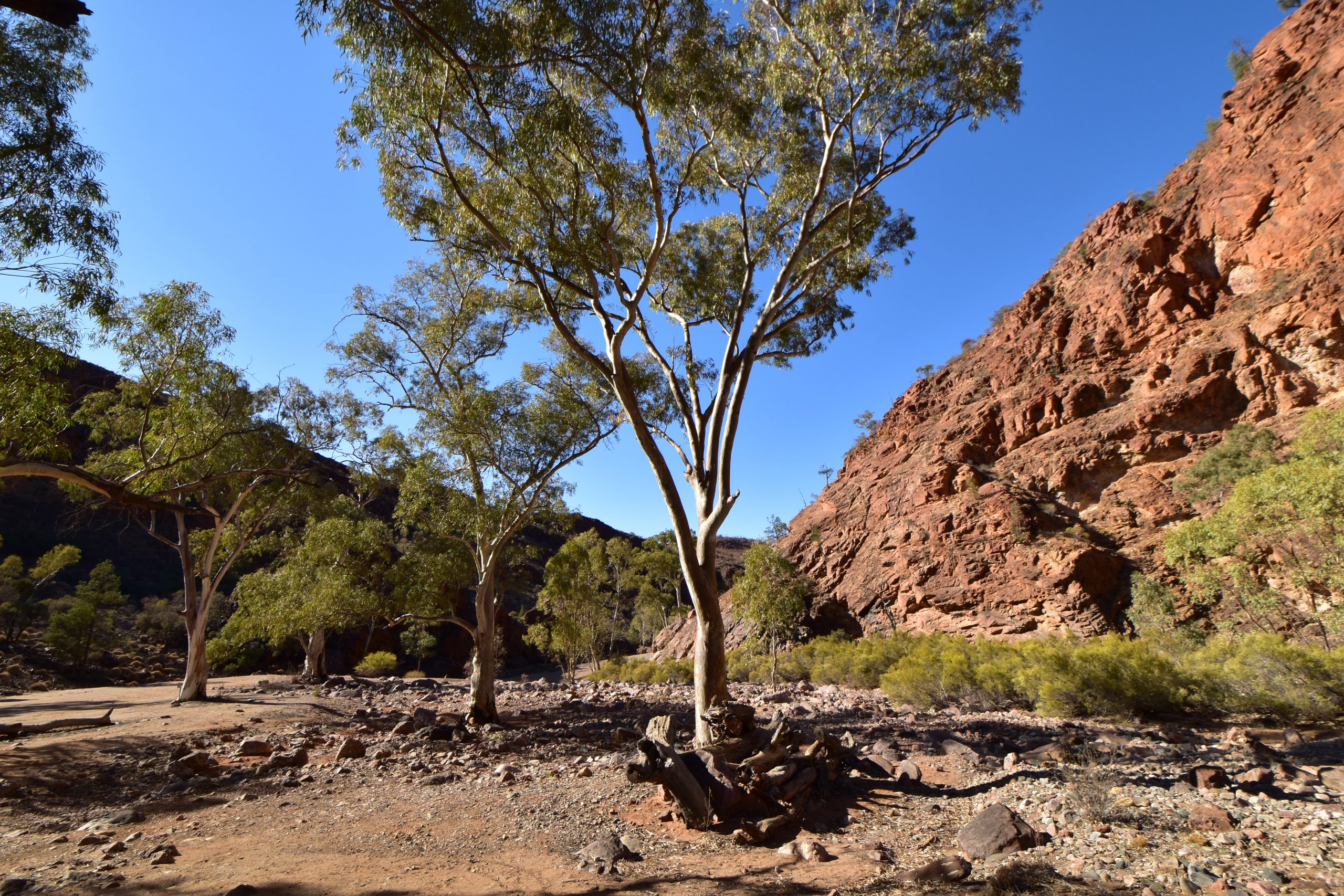Mid-Proterozoic expansion of passive margins and reduction in volcanic outgassing supported marine oxygenation and eukaryogenesis
The mid-Proterozoic interval between 1800 and 800 Ma, commonly referred to as the “Boring Billion”, was marked by the emergence of eukaryotic cells from prokaryotic ancestors, a key step in the evolution of life. This period encompassed the assembly and dispersal of two consecutive supercontinents, Nuna and Rodinia, as well as the development of extensive … Read more…





